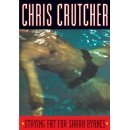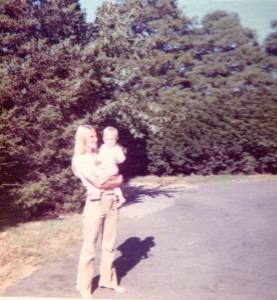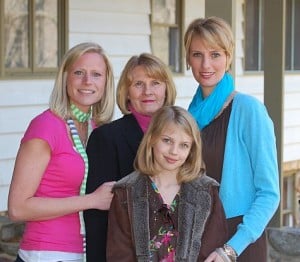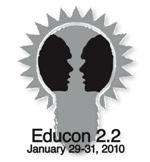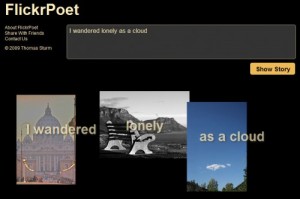I’ve been a reader my whole life… I think it goes without saying that I love technology as well. I got my Kindle in early April of 2009. I was not one of those people who was afraid of the e-reader because it didn’t “smell like a book”. So, I immediately fell in love with it and found myself reading more than I ever have. Why? Because my entire library was accessible. Any book that I wanted to read was at my fingertips waiting to be read. I actually read 28 books last summer… I wasn’t having a contest with myself, it is just what happened. I would find myself pulling out my kindle any time I had a free moment. I know for a fact that I would not have read that many books in print form. Print books are too bulky and heavy, and don’t just slip into my purse. For me, the Kindle is the ultimate accessory.
For the past year, I’ve used my Kindle in a passive form, flipping the pages while reading the latest in tech ed, great YA fiction, historical fiction, or an engrossing memoir. I was actively reading in my head by forming questions, thinking about character development, and making predictions. It was not until the recent 2.5.2 update that this process changed for me…
I have become an active reader with a real product that can be manipulated and used in the future. What I have always done in my head is now organized, sequenced, and cited allowing me to design lessons, write papers, create tweets, or do whatever I wish with it. Below is an example of the highlights and notes that I took while reading Staying Fat For Sarah Byrnes, by Chris Crutcher this past week:
The process is so simple…I can’t believe I haven’t taken advantage of it until now!
- Press down on the 5 way controller and push to the right to highlight.
- If you want to tweet your highlight, press alt and back arrow after you highlight.
- Begin typing to add a note.
- Go to http://kindle.amazon.com to view your highlights and notes on your laptop or view them on your kindle under “my notes and highlights”.
The beauty of this are the options that you have online. You can view your books in flashcard view or book view, while accessing your books and highlights. You can even view popular highlights by other Kindle users!
I do not read the same anymore. I have documented my learning. I have documented my process of reading and learning. I have shared my learning with others. Imagine the implications for students….
- Students thinking about reading while they are reading
- Students accessing their thoughts online
- Students sharing their thoughts about reading online, in class, anywhere…
- Students doing reading “homework” actively
- Students engaged in reading
- Students prepared for discussions with digital notes
- Students using citations in research correctly because the citation is embedded in the highlight or note they took
- Students learning from other students and teachers about their reading processes
- Students logging their reading without leaving the book
- Students creating a digital portfolio of the novels they have read
The possibilities are endless… with Kindle prices dropping quickly, as well as free apps on droid, blackberry, iphone, ipad, itouch, mac, & pc students will be able to access this technology freely and equally. The tag line on the Amazon Kindle site is: Read, Review, Remember…what a novel idea! I love the notion of bringing an age old process into the 21st century!


